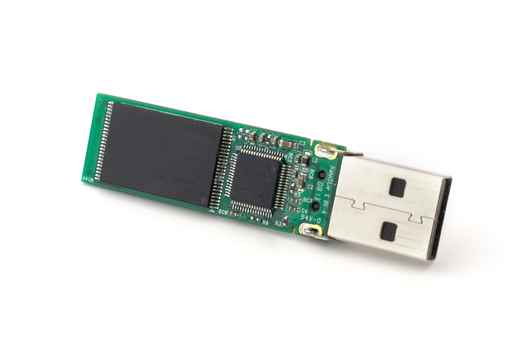
Reliability and portability have always plagued the portable storage industry. Floppy drives didn’t have much space on them, optical drives were ploddingly slow to burn data on, and CDs can easily be scratched and damaged in transit.
Then the flash drive was introduced. Small, portable and virtually indestructible, they could hold vast amounts of data that was easy to transfer from one computer to another through a single, universal connection.
But what exactly drives a flash drive to be the perfect storage solution?
Memory
First, flash drives and hard drives don’t share common DNA. Flash drives are actually byproducts of microprocessor technologies. Hard drives have moving parts that can cause be damaged. Flash drives are all electronic with no moving parts. Think of flash memory as the kind of memory that runs your computer or allows you to store thousands of photos on a digital camera. The storage space is all circuitry.
USB Connectivity
But the flash drive’s memory is only part of the secret. The other is the USB connection. Whether you have the newer USB 2.0 ports or the older USB 1.1 connections, the USB dock on a flash drive will work your computer. The 2.0 data exchange rate is faster, but both will get the job done. Nearly every computer made in the last 10 years has at least one USB port. One of the cool things about USB is that it powers itself, so you don’t need to bring along a separate power supply. Simply insert the flash drive into the port and voila! – the drive shows up on your desktop.
Putting it all together
Best of all, these two technologies combine to create the perfect portable storage and data exchange system. They are incredibly versatile and nearly indestructible. They are also relatively inexpensive, especially when compared to their predecessors. At one time a 100mb Zip disk would run you £10. Today, that same £10 will buy a flash drive with 4 gigs of memory, or 40 times the space, which is desperately needed for storage hogs such as photos, videos and music.
Certainly, flash drives aren’t going to be replaced any time soon. They are still being improved and there’s no replacement in sight. So you can rest assured that the data you have on your flash drive today can still be accessed years from now. Try that with a floppy disk these days.
